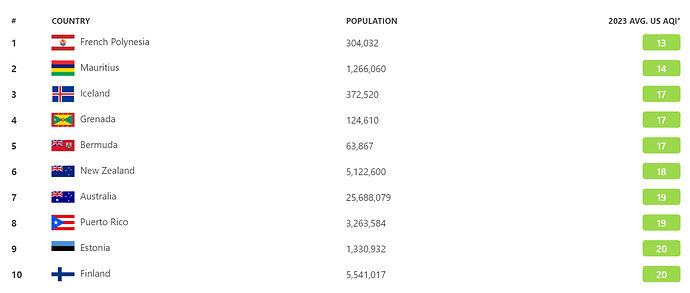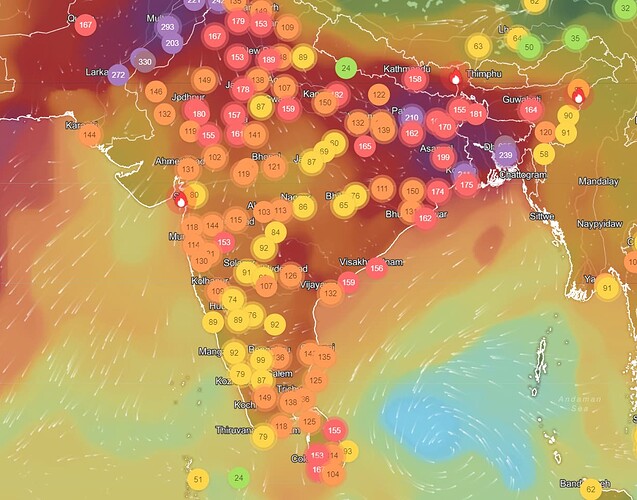I recently started exploring ways to better understand the air quality in different environments, and I’ve been using this specific tool designed for air quality measurement. It’s a straightforward device, not an app, but it’s packed with features that are helpful in day-to-day life.
Here’s my situation: I live in an area where the elevation varies significantly. The town center is at a lower level, while my home is nestled in the hills. I’ve noticed that the readings I get with this tool seem to differ when I use it downtown compared to at home. For example, particulate matter (PM) levels appear higher in the lower areas. This makes sense to some extent, but I’m curious about how much elevation actually impacts air quality readings or if other factors are more dominant in causing this variation.
Elevation, by definition, is the height of a specific location above sea level. It influences many environmental factors, such as air density, temperature, and how pollutants disperse in the atmosphere. I’ve noticed that tools with integrated features like a live altitude trackercould potentially help correlate air quality readings with elevation changes in real time. I think this could add another layer of context to the data we gather, especially when comparing readings across areas with varying altitudes.
Another question that has been on my mind is whether the time of day or weather conditions, combined with elevation, play a role in the measurements I’m getting. For instance, I’ve seen that windy conditions sometimes lead to lower PM readings. Could this be a result of pollutants being dispersed, or is the tool affected in some way?
I’d love to hear if anyone else has had similar experiences with air quality measurement tools and elevation. Do you find yourself getting different readings in higher areas versus lower ones? And if so, how do you interpret those differences?
Lastly, are there specific tips you’d suggest for getting the most accurate and consistent results when measuring air quality in areas with a lot of elevation variation? Looking forward to your input!

